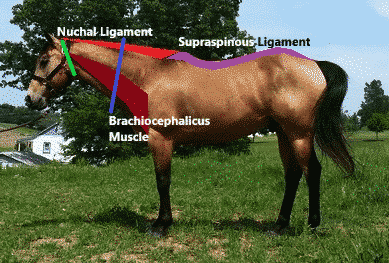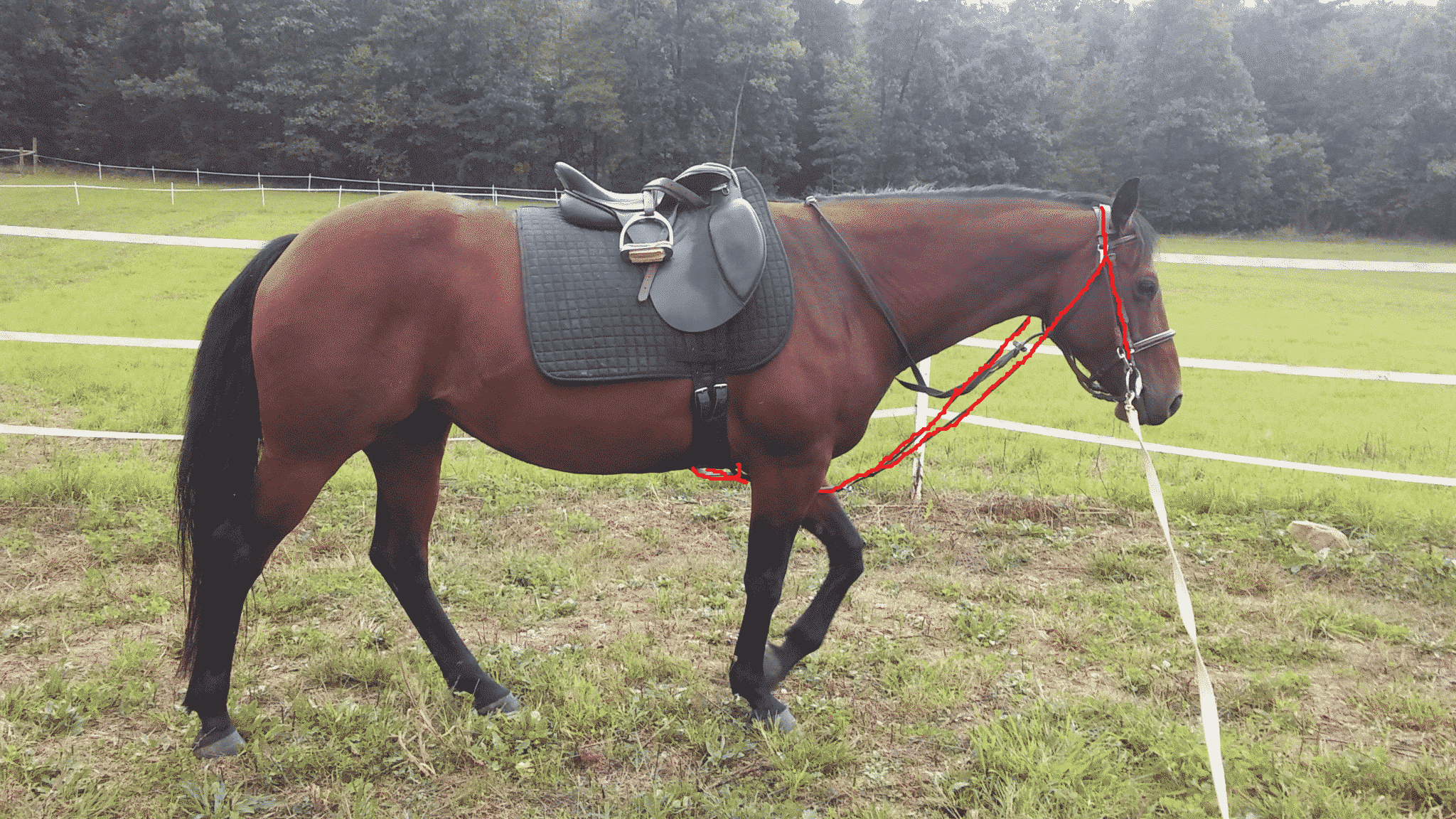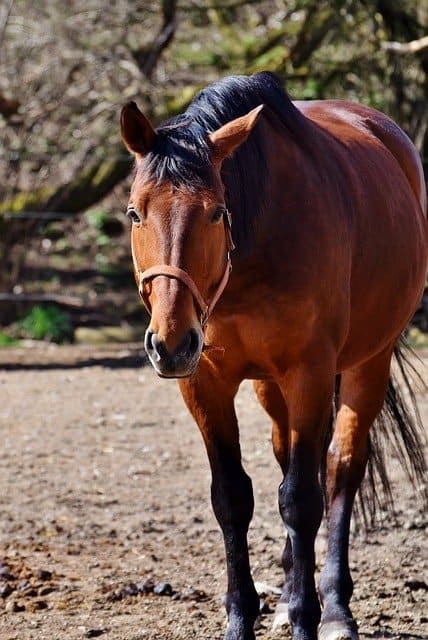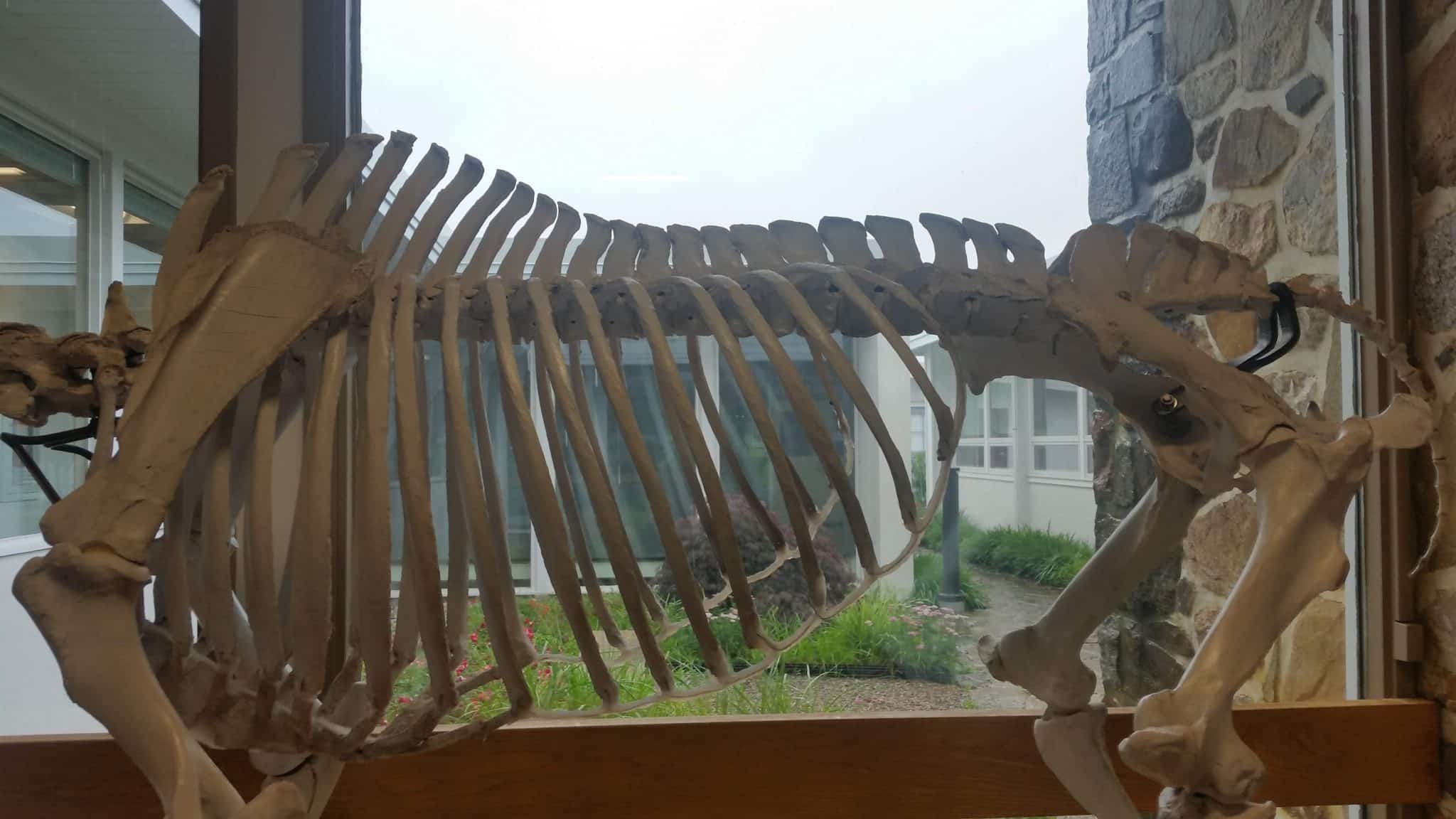

Many people will tell you that building up your horse’s topline is important for proper movement and collection. This is true. However, not all of them know the physiological benefits of a strong topline.
The Physiological Necessity of Lifting the Spine
In the Anatomy of Collection article, we discussed the primary muscles and ligaments that are involved in lifting the back for proper collection. This includes the nuchal ligament, the brachiocephalicus muscle, and the supraspinous ligament (Figure A).

A Quick Recap of the Anatomy of Collection
The supraspinous ligament is the “suspension bridge” over the back of the horse that pulls the back up to allow proper collection. In order to engage the suspension bridge (supraspinous ligament) properly, The neck must be relaxed so as to engage the nuchal ligament. Tension through the neck and back engages the bottom neck muscles (brachiocephalicus muscle), causing the horse to lift his head and disengage the nuchal ligament, which, in turn, disengages the suspension bridge over the back. It is possible to artificially force the horse’s head down while the bottom neck muscle is still engaged. This does nothing to fix the problem. In fact, it may even make it worse as this often creates more tension and resistance as the horse fights against whatever gadget is keeping his head down.
What about the bones?
It is common to focus on the muscles when talking about the physiological benefits of strengthing a horse’s topline. But that’s only half of the puzzle. Why does lifting the back bring so much relief to the horse? It’s generally acknowledged that a hollow back creates pain. But how and why does it create pain?
Pictured below (Figure B) you will see the spinous processes that make up your horse’s spine. These are the foundation that the horse’s topline is built on. Optimally, none of the spinous processes should be touching each other.
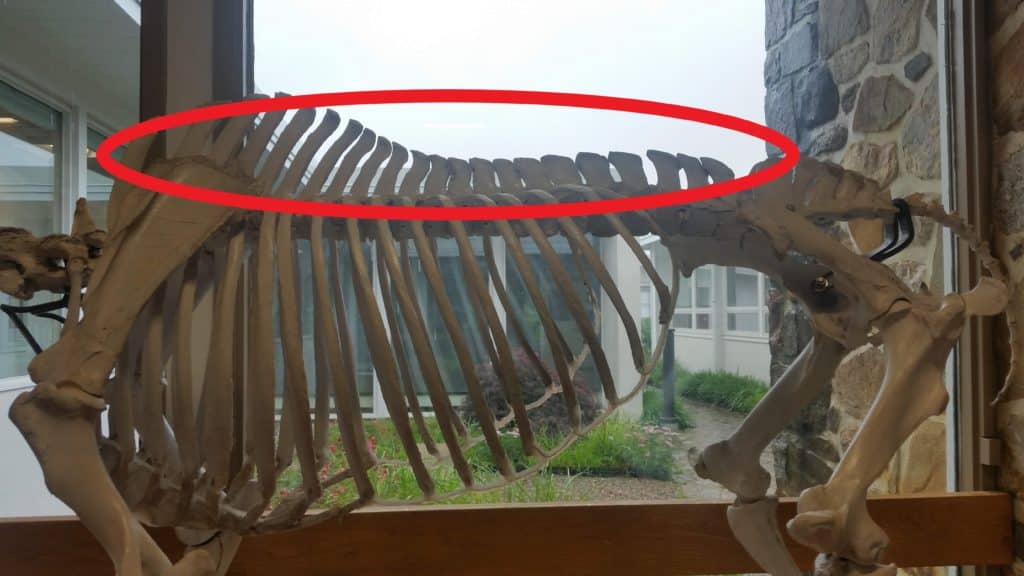
The moment two spinous processes meet you get bone rubbing against bone (Figure C). This produces what we call “kissing spines.” This is an extremely painful condition that is further exacerbated when a rider is on the horse’s back.
There is quite a bit of debate as to what exactly causes kissing spines. On the one hand, it’s argued that kissing spines can occur naturally. On the other hand, many argue that is can be caused by the weight of the rider. Both are very viable options, but today I will focus on the cases where the damage is caused by improper riding.
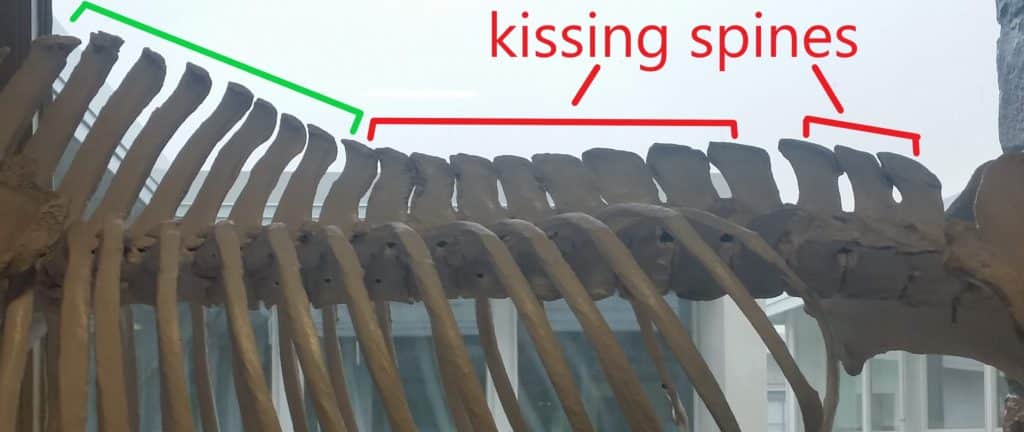
If you look at the spine in Figure C, you will see a case where spinous processes are starting to overlap and cause kissing spines. If the horse had no genetic predisposition, this would most likely have been caused by improper riding. If you take the spine and bow it as it would be if the horse’s back were hollow (Figure D) you will see the spinous processes begin to overlap. Imagine how painful this must be for the horse. Now imagine another 200lbs of combined rider and saddle bearing down on top of this, further hollowing the back and exacerbating the situation.
Even if the horse had spinous processes that were further apart to the point that they weren’t quite touching yet, the strain caused by flexing the spine unnaturally and crunching the vertebrae together would still cause problems.
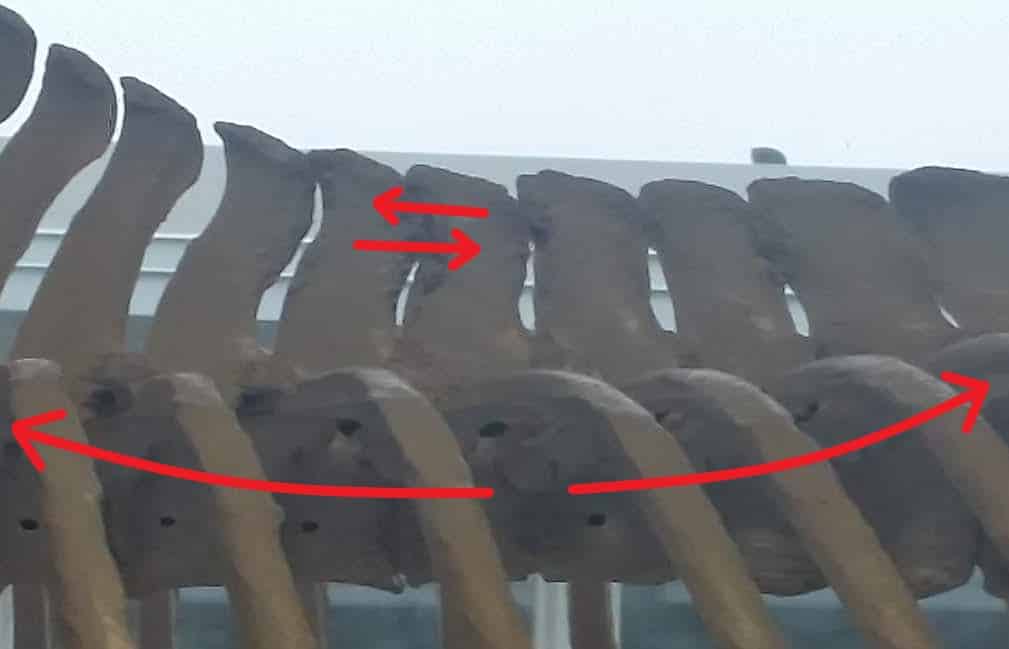
How do I lift my horse’s spine?
This brings us back around to the discussion on the soft tissues involved in collection. The supraspinous ligament and other soft tissues surrounding the spine that form the suspension bridge over the back play a key role here. Remember that the supraspinous ligament (suspension bridge) can only engage once the nuchal ligament (upper neck) is engaged and the nuchal ligament (upper neck) can only engage when the brachiocephalicus muscle (lower neck) is disengaged. This means that the horse must be relaxed with his neck carried near or just below horizontal. As the horse engages the correct muscles, the spine will naturally lift. As the spine lifts, the spinous processes will slowly pull apart back towards where they should be.
It is actually relatively simple to achieve the desired effect under saddle. Get the horse to relax under saddle on the lunge. Then get them to relax under saddle with a rider. After that, it’s all about walking on a loose rein with a relaxed headset, preferably on hills and varied terrain. You’ll probably be surprised just how much muscle a horse can build up from simply walking up and down hills on a loose rein.
The Physiological Benefits of Improving Your Horse’s Topline
Don’t get me wrong, this is not always a cure for serious kissing spines. Genetic kissing spines is a whole different matter entirely. But kissing spines and other types of back pain caused by poor riding can really benefit from some quality hill work to gently lift the spine and build-up a solid topline.
Also, remember that the topline is the only thing between the saddle and the spine. This is just one more of the many physiological benefits of a strong topline. It distributes the weight evenly over the entire back and protects the spine. The less topline you have, the more strain there is on the spine. The more strain there is on the spine, the more back pain your horse has to deal with.
Collection isn’t just about beautiful movement, balance, cadence, or any of the other fancy terms we throw around. At its core, it really is about the health and well being of your horse. The physiological benefits of collection far outweigh any aesthetic or performance benefits.






